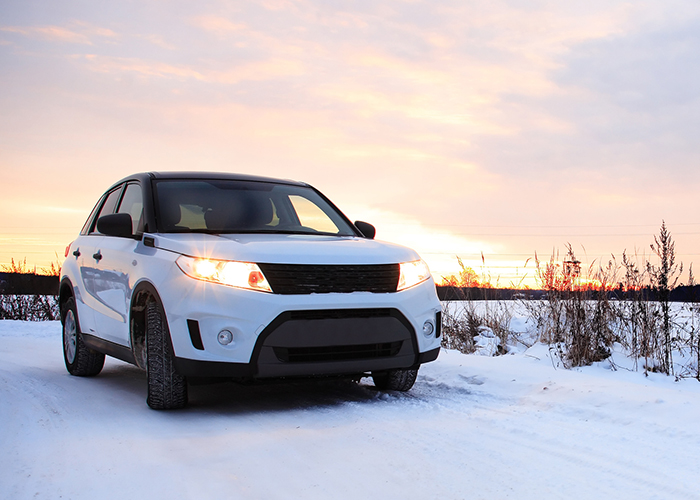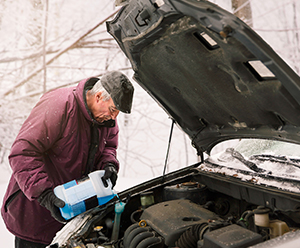 Depending on where you live, you could go your entire life without experiencing the perils of driving in the snow. You’d also be missing out on a traditional white Christmas, too. For a large portion of the country, driving in the snow comes with the territory but that doesn’t mean everyone knows how to do it to avoid accidents. Here are some mistakes you could be making while driving in the snow that can lead to trouble:
Depending on where you live, you could go your entire life without experiencing the perils of driving in the snow. You’d also be missing out on a traditional white Christmas, too. For a large portion of the country, driving in the snow comes with the territory but that doesn’t mean everyone knows how to do it to avoid accidents. Here are some mistakes you could be making while driving in the snow that can lead to trouble:
Thinking Your Four-wheel Drives Has You Covered
Yes, cars with four-wheel drive do better in snowy conditions but that can lead to drivers having a false sense of security on snow covered roads. That would be bad. Although four-wheel drive does provide extra torque for traction while driving, it isn’t going to help if you have to come to a sudden stop. You should be driving with just as much caution in a four-wheel drive auto as one without the upgrade.
 Not Having the Car Ready
Not Having the Car Ready
A snow storm never just appears. There will always be weather warnings. With a big storm, those warnings often compel people to stock up on bread and milk and anything else that might need to survive a “snow in.” What most folks over look is getting the car ready for the snow. That means making sure the tires are properly inflated, that you have antifreeze at the right levels and that your car’s battery still has a good charge. You might also want to replace your windshield wipers and check your defroster before the first snow of the season.
Tailgating
Driving in the snow safely is all about driving with the right amount of braking distance. Just because you’ve got a handle on snow driving doesn’t mean the motorist in front of your does. Or the motorist in front of them. A lot of accidents on snowy roads can be attributed to the dreaded “chain reaction.” One car stops short or spins out and everyone gets jammed up. How much braking distance should you have? Ideally it should be four car lengths for every 10-mph hour. Which brings us to the next big mistake:
 Driving Too Fast
Driving Too Fast
Driving too fast is probably the worst thing you can do in the snow. That includes driving fast on the highway. If your car slips on any type of road, then every second matters. Speed reduces your reaction time and can raise the severity of an impact. Keep in mind that you should be slowing things down before the snow starts. When there are freezing conditions, anything wet on the road becomes a hazard.
Slamming on the Brakes
The natural instinct when a car feels like it is slipping is to slam on the brakes. That is actually the opposite of what should happen because it means you’re taking away the traction your car needs. A locked wheel becomes a sliding wheel. Instead if you feel yourself slipping, then you should ease off the gas and let the car slow down naturally. This is where that braking distance is so important. This rule also applies to making a turn: Ease off the brakes and use the car’s traction.
If this seems like a lot of work, then you can also just stay home when it snows. Nothing wrong with taking a snow day!







